PROPOSAL

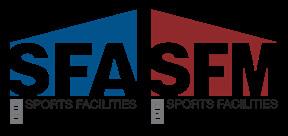
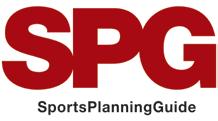
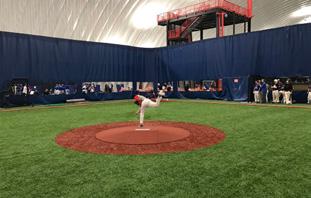
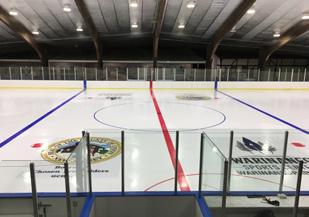
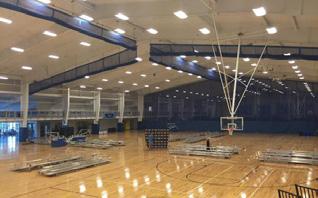
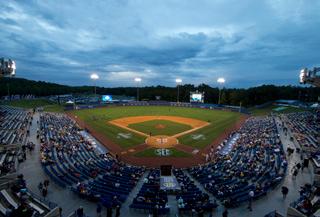
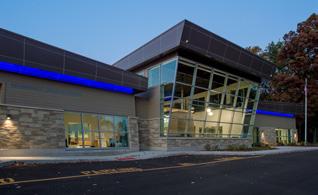
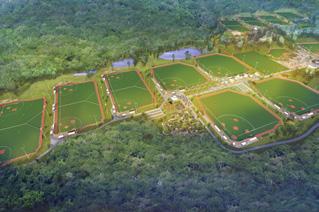
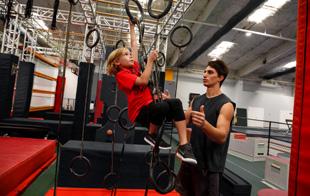
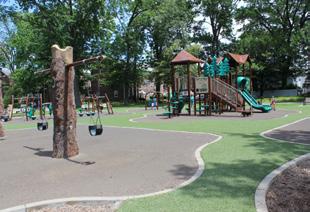












The quick reference guide for sports commissions, community leaders, and developers starting a sports, events, recreation, or wellness project.
Information
An RFP can be a great way to solicit information and potential solutions to your problem/project.
Required
Government and quasi-government agencies will often have to follow specific procurement guidelines that may include an RFP process.
A request for proposal (RFP) is a document used in business, particularly in government, for procuring goods and services in a competitive bid process. An RFP is best used when the application requires specialized expertise, specific capability, or where the product or service may require several organizations to team.
The goal of a sports facility or community recreation center RFP is to solicit custom, informative responses from qualified providers so that your company, city, board, or committee has the ability to select the best choice for your project. To do this for a sports facility, the issuer generally provides information on the background, goals, and need for the project (feasibility study, market report, financial analysis, funding support/capital campaign, or facility management). The RFP will also may direct, to varying degrees, the specific structure and format of the supplier’s response. For instance, some issuers specify a digital submission, print submissions, or a combination of both in addition to the order and length of the content.
Investment
The RFP process is a time-consuming task for both issuers and respondents. Requests for qualifications (RFQ) can provide some efficiency in process.
Planning
• Feasibility
• Market Assessment
• Financial Forecasting
• Program Planning
Funding
• Capital Campaigns
• Partnership Development
• Brand Development
• FF&E Procurement
• Marketing & Branding
• Owner’s Representation & Design Consulting
• Operational Development & Pre-Opening Management Management
• Operations Consulting
• Advisory Management
• Full Time Management
• Facility Performance Assessments
• Performance Optimization Plans

When defining the submission details and requirements, it’s important to first understand what criteria your team feels is most critical to determining who will be awarded the work. Some municipalities create a weighted scoring system or categorical scorecard to help them evaluate the submission. Some examples of this criteria includes pricing, understanding of the project, scope of work included, flexibility and customization of approach, firm qualifications, time-line, and format.
The desired format of the RFP response varies. You may consider limiting the total page count if you don’t want to read through hundreds of pages of submittals. You may only want submissions electronically, or you may want printed copies. You may want numbered pages or tabbed dividers to help your committee stay organized. You may want every response to follow the same order for side-by-side evaluation. Because you are issuing the RFP, you get to decide these elements. One final point on format to ask yourself – are you willing to throw out a qualified submittal if an element, like page dividers or number of copies – is not met to specification? If the answer is no, you may want to add a clause on the discretion of the issuer or the weight of that portion of the response.
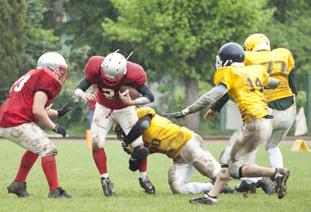

• Introduction and Project History
• Statement of Purpose
• Key Dates for RFP Submission, Question Deadlines, and Any Meetings/Calls
• Submission Details & Requirements
• Proposal Format
-Firm Qualifications & Experience/References
-Key Firm Team Members & their project role
-Firm Approach, Scope, Time-line, and Pricing


A successful RFP will:
• Attract qualified, experienced agencies to respond
• Garner responses that are custom, but flexible
• Provide the issuer with price ranges for the project
• Provide clear criteria for evaluation
• Allow time for respondents to write a thorough, thoughtful response, ask questions, and learn about your project
An unsuccessful RFP will:
• Create hours of paper work and committee meetings
• Create more questions than answers and lack clarity
• Lock respondents into an approach that may not be preferable
• Create a price-war that attracts low-tier talent and lack-luster approaches
If allowed by your governing body’s legal obligations, using a Request for Information or a Request For Qualification may be a suitable alternative if your goal is to gather and evaluate qualified, experienced firms rather than to obtain a quote and detailed approach.
This approach allows the issuer to refine the pool of respondents for a follow-up RFP or for in-person interviews/presentations.
RFI/RFQ Benefits:
• May solicit more responses due to ease of response
• Saves time with shorter responses
• Get to interview/in-person interaction more quickly
• Doesn’t lock respondents into pricing/approach that may be inaccurate once more information is revealed (could save your community money in the long term)
RFI/RFQ Disadvantages:
• Responses are not highly customized for your project
• Does not solicit prices or quotes
• Does not include the firm’s approach to your project

1) Create a weighted grading system.
By creating a scoring system prior to receiving responses, the issuer or selection committee can independently evaluate each piece of the proposal without giving too much weight to any single piece. An example weighted grading system could be:
• 40% Firm’s Customized Approach & Time-line
• 30% Firms’ Qualifications & Experience
• 20% Pricing
• 10% Formatting & Adherence to Proposal Specifications
2) Look for experience.
How long has the firm been operating? Do they have experience with your exact kind of project? Do they demonstrate credibility in their industry? Have the senior members of their team been stable for 3 or more years? By reviewing the experience of the firm, the selection committee is able to understand the stability of the business, their ability to serve projects in the same industry and of the same capacity, and their talent pool that will be joining the team.
2) Get to the interview.
A good RFP response should demonstrate the knowledge and experience of the firm, the credibility of the firm and the team, a realistic time frame and deliverables, a reasonable price range, and an approach that is thoughtful and flexible.
Once the selection committee has the top 2-4 firms, it’s time to schedule in-person interviews. This is a critical stage of evaluation because the selection committee has the opportunity to ask questions and get a feel for the personality of the firm. Specific questions may be sent prior to the interview to give the firm a chance to prepare accordingly.


Presented by:




Though there are often legal procurement requirements or additional considerations, it’s important to understand that the RFP process in an imperfect system.
The most critical and important disadvantage of the process is the inability to get one-on-one with vendors or experience their consultative, custom approach to providing the solution to your request. Rather firms are putting together an scope, price, and approach based on the limited amount of information you can provide in an RFP.
Scheduling a pre-submission conference call is one way to abate this disadvantage. This allows interested firms to ask questions in real-time and use the information to further customize their approach.


Founded in 2003, the Sports Facilities Advisory (SFA) is the industry leader in youth and amateur sports, community recreation, and regional events/wellness facility planning and funding. SFA has served nearly 2,000 communities and supported a portfolio of nearly $10 billion in project development costs. SFA has extensively studied the youth travel sports market and trends.
The Sports Facilities Management (SFM), boasts the largest single network of youth and amateur sports facilities in the Nation. The SFM National Network features some of the most well recognized names in the sports tourism industry such as Rocky Top Sports World, Myrtle Beach Sports Center, and the Rocky Mount Event Center. SFM is a full-service outsourced management firm that assists clients and communities in maximizing the potential of their sports, recreation, and wellness assets.

[your logo]
To conduct a market demand analysis and feasibility study to determine the need for multi-use sports facilities in the cities of
The Sports Commission, the City of , and Park and Recreation District, operating as members of the (hereinafter to be referred to as the "Committee"), are issuing this Informal Request for Proposals (IRFP) to hire a consultant that will:
1. Determine the market demand and feasibility of building multi-use sports facilities with two scenarios in mind: 1) a combined indoor/outdoor complex, and 2) separate indoor and outdoor sports complexes Consultant shall complete a report that shall:
a. identify facilities location(s) for each scenario
b. include preliminary analysis of each scenario and estimates for: i.facilities construction
ii. event related economic impacts at the community level iii.facilities level operating revenues and expenses
The mutually congruent goals of the facilities investment would be to expand capacity for sports programming for residents and generate community economic impact and facilities level revenues from regional and national sports events that draw visitors from 50 miles or more.
Single Point of Contact:
All inquiries or correspondence relative to this IRFP should be directed to the Single Point of Contact. A response to the RFP must be submitted and received via email by the Single Point of Contact on or before 5:00 p.m. PST, October 21, 2015
The cities of comprise a small metro area with a strong emphasis on quality of life focused on environmental sustainability, physical fitness and outdoor recreation, local food and beverage, strong performing and visual arts, and excellent education and support for youth.
1. 375 acres of developed parks, over 3,000 acres of natural areas, and miles of paved paths and soft-surface trails.
2. A strong collaboration with area schools for school-based athletic fields
3. A system of community centers with neighborhood based programming.
4. Three aquatic facilities, two year-round and one seasonal.
5. , the largest covered and lit skate park in the United States.
1. An autonomous parks and recreation district: . Created by voters in is a special tax district, separate from the city of , with its own boundaries.
2. 1,500 acres of parks and recreation facilities, including 43 parks, 2 aquatic facilities (including a wave pool), and 5 community centers.
3. Center for Sports and Recreation’s 97,000 square feet includes multi-use indoor courts, climbing wall, meeting rooms and fitness center situated adjacent to four artificial turf sports fields. Athletic events have included tennis, soccer, basketball, volleyball, and roller derby. for additional information about this facility.
4. 21 miles of hiking and biking trails and 13 waterfront areas.
The combined population of the metro area is over , with close to 160,000 residing in and 60,000 in The area has a rainy but mild fall, winter, and spring climate with consistently dry late summers (JulySeptember).
has an international reputation as hosting some of the nation and world’s most prestigious and is the long term home of the , at least through 2022. is also home to the University of and elite collegiate athletic programs that generate a positive and sustained reputation as a sports community and peaks for hotel room night demand at certain times of the year.
Hotel rooms currently number close to 4,000 in the metro area with annual occupancy around 65%. Room demand sees a strong bell curve for leisure travel peaking in summer, with spikes and compression for 100 miles during major track meets (10,000-22,000 spectators, 3-14 day events in May, June and/or July, variable by year) and
The area will host the in . It is a goal to identify appropriate development that would serve residents and also drive year round demand for hotel rooms to support development of additional hotels that can feasibly operate year round.
The campus centrally located in provides close to 70,000 square feet of contiguous flat floor space with a few small meeting rooms and secondary sports and exhibition buildings/facilities. A
fairgrounds master plan has been proposed for the 55 acre site, and it could possibly include flat floor space that would accommodate both indoor sports courts and consumer exhibition events. (plan unavailable at this time).
The City of owns a large acreage parcel (over 200 acres) in northwest under consideration for sports facility development as one location option, though this study should not be limited to that site.
Several development plans are underway and should be incorporated into the analysis and recommendations requested under this RFP:
1. is a redevelopment project proposed for the former , a historic baseball stadium. An indoor fieldhouse for is one identified component.
2. YMCA proposes to build two complexes in the metro area.
B. Background Materials
Background materials available upon request include:
1. and recreation facility inventory.
2. student report on the state of area sports facilities and events.
3. 2012 on the value of its athletic programs.
4. Focus group/listening summary for Parks & Recreation System Plan currently underway.
5. Benchmarking of current City sports and recreation assets compared to five other cities, currently in progress.
6. Three years of sports event history (partial, not comprehensive, as available).
7. Summary of usage of current facilities, as available.
8. Recent work analyzing the recently completed , the largest in the United States.
9. National sports participation rates.
10. Summary of the number of households in participating by sport in eight segments.
11. Data on visitor spending, hotel occupancy, high need periods.
12. Map with geo-locations of existing facilities.
13. Park and Recreation District Master Plan.
14. Center for Sports and Recreation cost of service data.
15. Other documents may be available upon request.
C. Objective
The mutually congruent goals for considering multi-use sports facilities development are serving residents and economic development. In other words, to provide one or more venues that will expand capacity for sports programming for residents and will attract visitors to the area, particularly during non-peak seasons for existing attractions.
D. Scope of Work
The following outline for services to be performed specifies those areas the Committee has deemed as necessary for analysis of the potential for multi-use sports facilities investment. The Committee welcomes input from respondents as to other suggested services to be considered for inclusion.
1. Competitive set analysis: Inventory and analyze the sports event facilities currently operating in the state of .
2. Identify primary demand and secondary utilization through research of local/state/regional and national markets and current local market conditions.
3. Recommend with supporting documentation the size, location and configuration of one or more (indoor and/or outdoor) multi-use sports facilities for .
4. Identify transportation infrastructure necessary to facilitate development and operation of one or more sports facilities.
5. Project the number and scope of additional sports events that could expect per year if recommended facility (or expansion) was built and aggressively marketed. Project demand out to 2030.
6. Identify attributes (food/beverage concessions, merchandise retail space, production and/or staging capabilities, equipment rental/sales, etc.) that should be included in design and construction to maximize earned revenues.
7. Identify and analyze the community economic impact (number of visitors from 50 miles or more and number of hotel room nights generated).
8. Project facility level operating expenses and revenues of such a facility (or expansion)
9. Provide options and examples from other facilities and recommendations for public versus private management of facility.
10. Recommend a successful philosophy or understanding used by other sports facilities which maximize facility success by balancing the booking of destination sports events while providing availability for local programming and use
E. Proposed Submission Requirements
1. Basic information regarding your firm including contacts, names and backgrounds of principals and professionals who will be involved in the project, their proposed specific roles in this study, and history of your organization.
2. Similar information for any sub-consultants or sub-contractors you will utilize.
3. Qualifications and experience of all involved that will enable the Committee to evaluate your team and your relevant experience. Please provide client references.
4. Describe any relevant past success based on your work, wherein facilities were developed, and what actually happened once the facility was completed.
5. Describe in detail the approach or process that your firm will undertake that will enable the Committee to make a sound decision.
6. Detailed cost estimate of services
7. Provide a schedule and time frame for completion of the study. The Committee would like to have the study completed within 90 days from the time it is commissioned.
1. A response to the RFP must be submitted and received via email by the Single Point of Contact on or before 5:00 p.m. PST, October 21, 2015.
2. Selection shall be based upon information gained from the proposal review, including relevant experience, pricing, personnel assigned to the work, interviews, references and other relevant criteria as determined by the Committee.
3. The City reserves the right to reject any or all proposals in any order or combination, accept or reject portions of the proposal, make modifications to the work after submission of proposals, and waive any formalities in proposals if they deem it is in the best interest of the City to do so, without liability on the part of the City
4. Following initial review of proposals, consultants chosen by the Committee to be further evaluated may be required to present their findings in person to the Committee. Consultants should be prepared at this time to offer prioritized recommendations based upon market demand and potential economic importance.

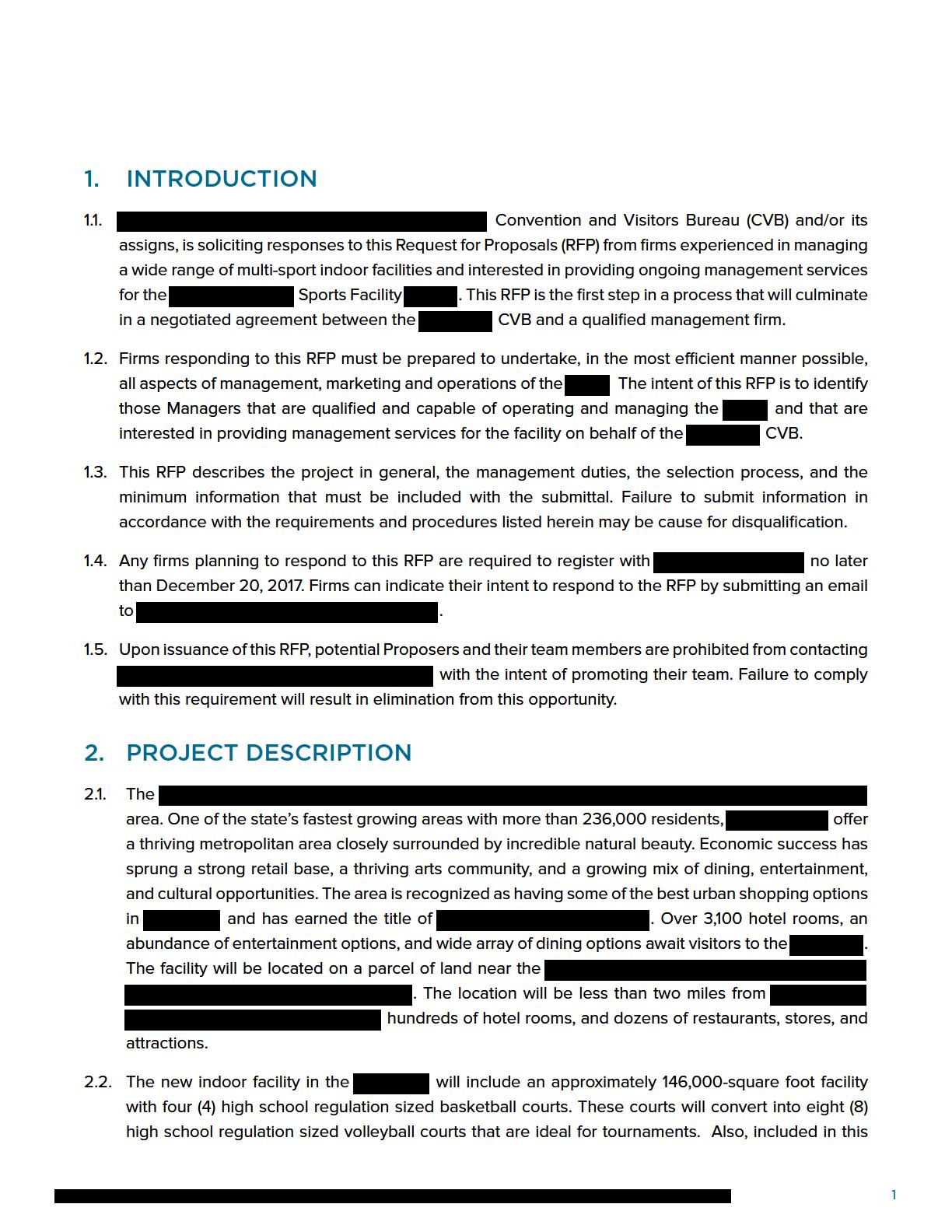
new development are two (2) NHL-sized indoor ice rinks: one primary rink will have year-round ice with spectator seating for approximately 1,200 and one seasonal rink will have ice during the prime ice season (roughly September through March) and seating for approximately 300. The seasonal rink will have the potential to convert to court space and include four (4) high school regulation sized basketball courts or four (4) high school regulation sized volleyball courts. With the ice rinks will come ten (10) player locker rooms, skate rental, skate storage, a pro shop, and two (2) ref locker rooms. An approximately 3,000-square foot sports performance training room will be added to the development that will be used by athletes of all sports. A flex space of approximately 16,000-square feet is also expected to be added which will have a kitchen, café, parents lounge/bar, lobby, conference rooms, a first aid room, restrooms, storage rooms, and a mezzanine. With the indoor sports facility development, the will become a premier destination for state, regional, and national sports tournaments and competitions.


3.1. Make the the premier regional and local location for indoor sports of all kind, with an emphasis on attracting hockey, basketball, and volleyball tournaments for all ages.
3.2. Drive incremental room nights and Average Daily Rate (ADR) for local hoteliers, particularly on weekends in the months of November through April when there is limited general demand.
3.3. Create substantial economic impact to benefit local businesses, residents and the broader community.
3.4. State-of-the-art facility for community use during non-tourism periods.
4.1. The Manager selected by the CVB to operate the will be responsible for the day-today operations of the . The and/or its assigns will set policy, approve all long-
term contracts, and oversee the operations of the Manager. Any Manager selected by the will have the following duties:
a. The Manager will execute any license/lease agreements with sports team(s) and/or tenant(s) (i.e. manage day of event activities and interact with the sports teams regarding use of the as well as any other authorized user of the facility). The CVB reserves the right to review and approve all tenant agreements. Assist the CVB in developing and implementing rules, regulations, policies and procedures concerning the use of the . Develop forms, subject to the approval of the CVB, to contract for space rental, food service provision, decorating, utility purchases, and other event services that may be required. Advise the CVB as to the establishment of prices and policies, rates and rate schedules for space rental, event booking agreements, advertising contracts, taxation on events, and any other commitments, which the Manager will be responsible for negotiating. Advise on new or potential changes to sources of revenue, partnerships, prices and policies that will add to the financial success of the facility.
b. Book and promote tournaments, camps, leagues and other events at the and develop a strategy to maximize the number of events and income for the venue. Tourism producing events will take scheduling priority over all other events regardless of revenue producing potential. Schedule events, negotiate contracts, and confirm event bookings. Create event promotional brochures, floor plans, maps and other materials used to market the . Provide advertising services for the events as required. Maintain an interactive web page for event promotion. Provide or cause to be provided all incidental services required in connection with all events, including audience development and promotional activities, and ticket related services. At the CVB’s option, food service may be provided by others. Coordinate the development of the marketing plan with the CVB and the hospitality industry. Maintain a five-year marketing plan with the goal of promoting the , attracting as well as cultivating large events that will bring regional/ national “out-of-town” participants and visitors causing over-night stays at local hotels as well as local visitors to the community, which provide economic benefit to the community, including increased occupancy of local hotel rooms.
c. Maintain the in excellent, safe and sanitary condition consistent with the requirements of the CVB and any anchor tenant. Provide or cause to be provided all security services required by events, if needed. Administer all contracts required in the ordinary course of business in operating the including all necessary utilities and services. Ensure that the is maintained in good order and repair and in a clean, safe and sanitary condition including (i) all HVAC, mechanical, electrical and plumbing systems as well as seating, elevator, public address, lighting, and fire and security monitoring systems, (ii) all grounds-keeping, housekeeping, custodial and maintenance services, including all common area maintenance, and (iii) ceilings, doors, windows, floors and walls (both interior and exterior).
d. Maintain an adequate staff of courteous employees on duty at the and provide appropriate supervision of such employees. Employees hired by a Manager shall be employees of the Manager and not of the CVB. A Manager shall employ or otherwise contract for its operations only those persons who by training, appearance and habits are judged to be suitable workers for the atmosphere of the . A Manager shall be responsible for all personnel related matters to include compensation, benefits, labor relations with any trade or union, employee training and development, contract negotiation, dispute resolution, provision of employee uniforms and equipment, employee hiring, job assignment and performance and compliance with equal employment opportunity requirements.
e. The Manager will agree to abide by all of the standard insurance requirements of the State of
f. Make available to the CVB information regarding the use and operation of Be prepared to submit monthly, or at reasonable intervals as agreed to by the CVB, information on the activities associated with the operation, management, supervision and maintenance of the facility. Reports should include:
i. A financial analysis of how the is operating;
ii. Responsibility to report hotel information consistent with our obligation to the community stakeholders.
iii. A listing of previous and upcoming events and facility usage including itemized attendance reports;
iv. Any changes in management;
v. In-house energy management program;
vi. Operations or maintenance activities;
1. Preventative maintenance logs
2. Repair logs (both in-house and contracted with itemized invoices)
3. Routine maintenance records
4. Warranty checklist
5. Damage/vandalism reports
6. A summary of all Injury/Incident Reports
vii. Other information as appropriate or as requested by the CVB.
5.1. Be legally authorized to operate in the State of ;
5.2. Be recognized as a facility management company which manages publicly or privately-owned sports and recreation facilities; and
5.3. Have successfully managed at least one multi-sport facility, with an emphasis and proven track record of hosting tourism generating events, through either hosted and created events or equivalent experience in related industry. Although not a requirement, firms or personnel with previous ice management experience are preferred.
6.1. Each submission must include one (1) paper copy and one (1) electronic copy of the entire proposal emailed to . Submissions should be concise and organized in the format outlined below. The body of the responses should be no more than thirty (30) pages, excluding any letters of intents and/or other attachments deemed valuable by the Proposer.
6.2. Proposals must be sealed and clearly marked with the following “RFP Management Services at .” Proposals must be mailed or delivered to:
All information required by this RFP must be received at the indicated address no later than 3:00pm (CST) on January 12, 2018 to be considered.
6.3. All responses to the RFP shall provide the following information in the format outlined:
A. Transmittal Letter: Provide a transmittal letter that specifically states the Proposer understands the work to be accomplished and briefly outlines the Proposer’s strengths in providing the required services. The letter should also state that Proposer meets or exceeds the minimum qualification criteria outlined previously. The Letter should also clearly express any specific competitive advantage the Proposer’s firm brings to the project. This letter should be signed by an authorized corporate officer for each entity included as a team proposal.
B. Firms Background and Qualifications:
– Provide a firm overview of your organization and describe its legal structure, principal officers and organizational structure.
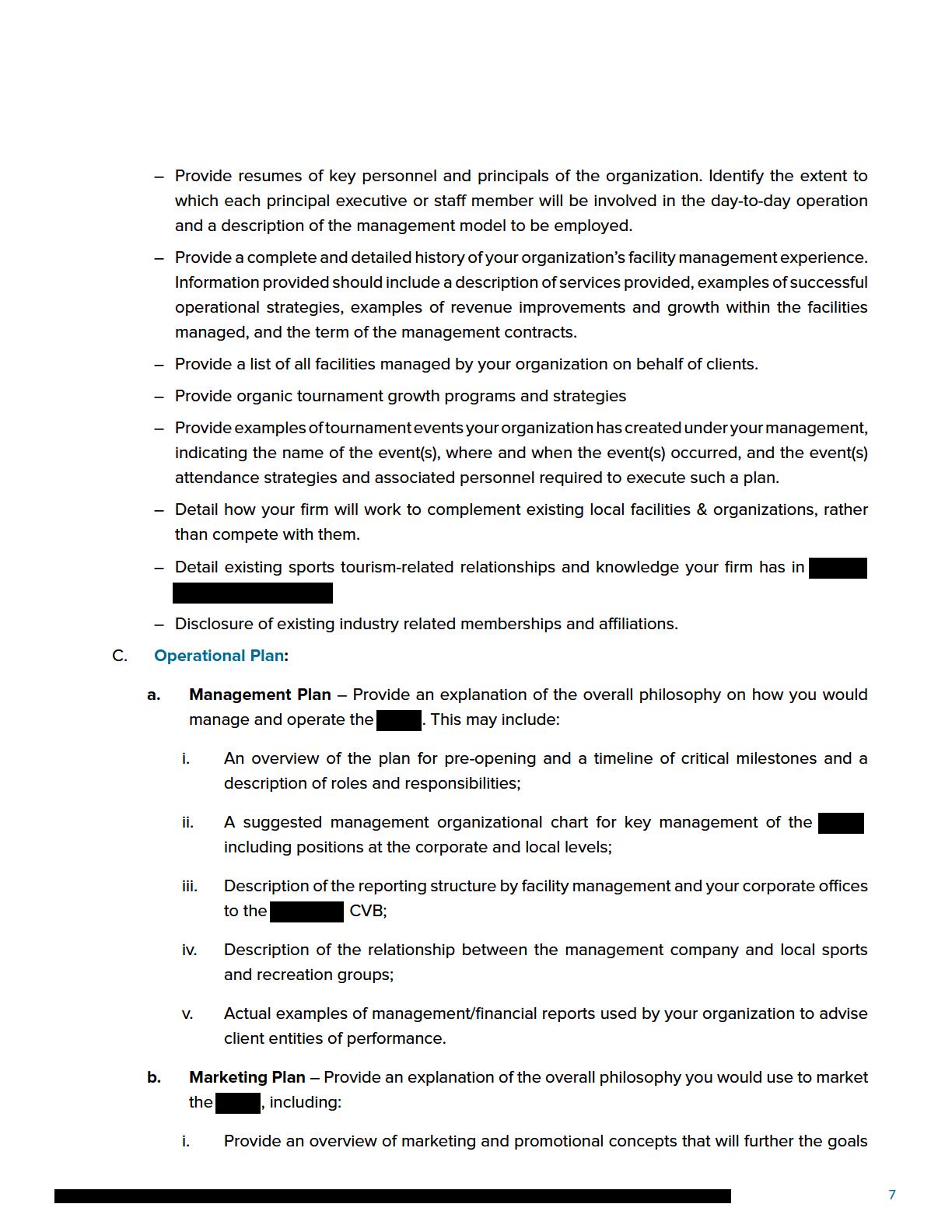
of the CVB as a premier venue and maximize the economic impact to the region.
ii. Describe your approach to booking/scheduling, promoting, advertising and marketing events.
iii. Describe your approach in marketing and booking events with organizations who may have large events but small facility rental budgets.
iv. Identify any competing facilities managed by your organization.
v. Identify any synergies, alliances, key relationships, and other marketing opportunities that your firm will establish between other facilities managed by your firm and how these can benefit the .
c. Financial Plan – Provide an explanation of the overall financial plan for the , including:
i. Summarize your proposed strategy for minimizing the annual operating expenses and maximizing the annual operating revenues of.
ii. Summarize your proposed strategy to maximizing advertising and sponsorship sales for the facility.
iii. Provide a preliminary financial proforma based on the building program and your understanding of the demand in the marketplace.
iv. Provide a sample of financial reporting statements.
d. Compensation Proposal - Please provide an outline of a potential compensation proposal that you may be willing to enter into if selected as the manager. The Selection Committee is seeking creative compensation proposals, which may include, but should not be limited to, the following basic structures:
i. Fixed Management Fee – Provide specific details of a fixed management fee and any incentive fees proposed, and examples of how they would be calculated using a hypothetical case. State any minimum or cap on the total fees that the Manager is willing to accept;
ii. At Risk Operator Structure – In such a scenario, the Manager would be solely responsible for the operations of the , retaining all operating revenues and accepting responsibility for all operating expenses, including funding any potential operating losses. As to any profit generated at the , state proposed profit sharing with the ; and,
iii. Alternative Compensation Plan – Please identify any alternative compensation and
operating plan related to the management of the that the should consider as a part of your submission. This could include options for risk sharing, marketing participation, or such other options which could further promote the success of the and limit the CVB funding exposure.
Due to the preliminary nature of this RFP and the information provided, it is understood that any proposed compensation structure will be subject to review of the detailed financial information for the Facility. The intent of this request is to obtain a preliminary understanding of the potential compensation structures that may be required in a new management agreement for the Facility.
7.1. Professional firms will be evaluated on the following criteria. The criteria will be the basis for reviewing business plans and qualifications from the responding firms, short-listing, interviews (if deemed necessary), and selection. The listed criteria are deemed to be, collectively, of equal weight for evaluation purposes.
Qualifications and experience developing and operating a multi-purpose sport facility, including information relative to the number of such size, location, comparability to the expressed concept and objectives and financial success as described in Section 3 of this RFP.
Qualifications and ability of team members to perform their respective roles.
Documented ability and capacity to create and sustain tournaments in multi-purpose sport facilities of similar size and scope.
Completeness of response, clear understanding of the expressed concept and objectives, and offered methodologies.
7.2. After reviewing the submittals, qualified firms may be invited to an interview with the selection committee. The interview will be based on the qualifications and experience of the submitting teams. Following the interviews, the committee may narrow the field of firms and conduct additional interviews, and/or ask for additional information.
7.3. Any proposal may be withdrawn prior to the award of the contract(s).
7.4. reserve the right to:
Cancel, alter or amend this RFP. The may modify this RFP in any respect at any time prior to the submission deadline. Every modification will be in the form of Addenda to this RFP and all Addenda will be emailed to each person who received a copy of this RFP from the CVB, but it shall be the Proposer’s responsibility to make inquiry as to the Addenda issued.
Request clarifications from any or all members of submitting teams, however, they shall not

9.3. All questions will be answered in writing by email as received, no later than December 27, 2017. No oral interpretation will be made to any respondent as to the meaning of any part of this RFP
10.1. All costs directly or indirectly related to preparation of a response to this RFP or any oral presentation required to supplement and/or clarify the submittal, which may be required , shall be the sole responsibility of, and shall be borne by the respondent(s).
10.2. Each team, by submitting its proposal, waives any claim for liability as to loss, injury and costs or expenses, which may be incurred as a consequence of its response to this document.
11.1. The respondent is responsible for complying with all licensing requirements and associated business regulations whether Local, State or Federal. It is the responsibility of the potential architectural firm to determine the applicability of any rule, regulation or other requirement.
11.2. The Proposer shall affirm that it does not subscribe to any personnel policy which permits or allows for discrimination in the employment promotion, demotion, dismissal or laying off of any individual due to his/her race, creed, color, national origin, age or gender or physical handicap, and that it has not been convicted of violating any relevant laws within the immediate preceding six (6) month period.
11.3. The Proposer shall make efforts to ensure that minority, women and small business enterprises businesses are utilized when possible